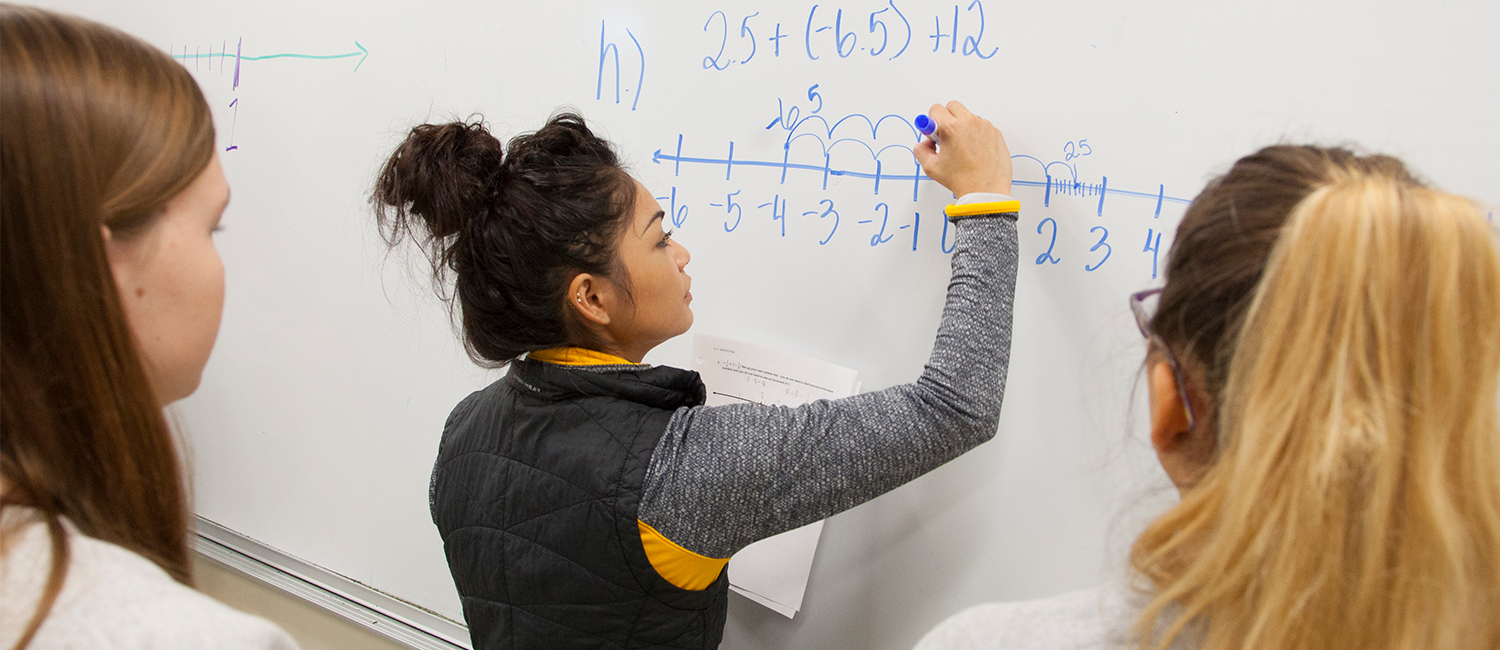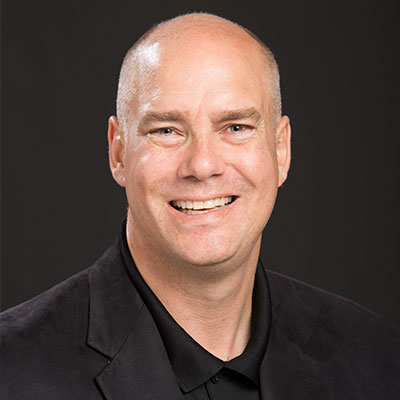
The New Math
UWM’s Kyle Swanson organized a revised approach to our remedial mathematics program, and it’s adding up to multiple levels of success.
UWM redesigned its developmental mathematics program in 2014 to help students finish remedial courses faster and learn more. Such courses provide no credit toward graduation but are necessary to get some students up to speed. Kyle Swanson, the professor of mathematical sciences in the Department of Mathematics who helped organize the new approach, explains the changes and how they’re succeeding.
Why did the mathematics department develop this new program?
The main goal was to allow students to start taking mathematics courses for credit sooner. With the new courses, students can complete remedial work in two semesters rather than three.

Why is this so important?
At UWM, 30 percent of all students and 40 percent of underrepresented students fail to return for a second year. Math anxiety and the time it takes to complete enough mathematics coursework to earn credit have been major stumbling blocks to student success.
What have been the results?
The difference is significant. Our preliminary research finds twice as many students in developmental mathematics are completing necessary work nearly twice as fast. In fall 2012, 38 percent of 1,524 students in remedial courses could take a credit-level math course their first year. In fall of 2014, 67 percent – 890 out of 1,321 – could do so. And we accomplished this without lowering standards. As a result, first-year students are staying in school, and the achievement gap between minority disadvantaged students and others is closing.
What are the economic factors of this new approach?
Because remedial math reform increases the number of students who complete their degrees, it has important financial implications for the university, and for students and society. Our UWM research indicates that students who finish their math remediation during the first year complete their degrees at a similar rate to UWM’s average six-year completion rate.
Previous national studies on completion rates indicate UWM could “save” $22,500 in gross revenue per student over four or five years if students complete their degrees rather than drop out. That’s an additional $2.25 million for every 100 students who finish their degrees. Also, college graduates still earn, on average, $20,050 – 61 percent – more per year than high school graduates, and this premium is increasing with time.
How does this new approach work in the classroom?
The focus is to make learning much more interactive. The traditional math lecture has the instructor speaking, and students observing and writing down things. However, for better or worse, mathematics is not a spectator sport. If we’ve learned one thing – and this is true in all science, mathematics and engineering fields – it is that students must actively participate to learn.
Could you give some examples of the changes?
All instructors learned new ways of teaching to encourage classroom participation. Classwork was reorganized so students prepared ahead of class sessions rather than listening to a lecture and then doing homework. Then, in the classroom, they present their answers and work in teams to show how they got the answer. That means they have to learn it well enough to teach it.
Another change is to move students away from “procedural activities,” where they have a sample problem or a framework and fill in numbers. Instead, they are learning to figure out the framework themselves. One thing we really emphasize is the concept of productive struggle – that it’s OK if they don’t know the answer or don’t know how to get to the answer right away.
How are instructors keeping track of student progress?
Students use ALEKS, an artificial intelligence program that allows them to work through problems at their own pace and provides them with feedback. ALEKS also allows instructors to evaluate how students are doing and where they may need help.
What are the long-term impacts?
This interactive approach engages the longer-term memory. It’s not just a matter of stuffing some information in your brain, doing the problem, and – poof – it disappears. The new courses also focus on helping students overcome math anxiety and understand the value of math in dealing with real-life issues like credit cards and student loans. They also give students a better idea of why math is important and why people choose careers in math. Some have been encouraged to continue their math studies. Enrollment in the next-level course, applied calculus, is up 20 percent.